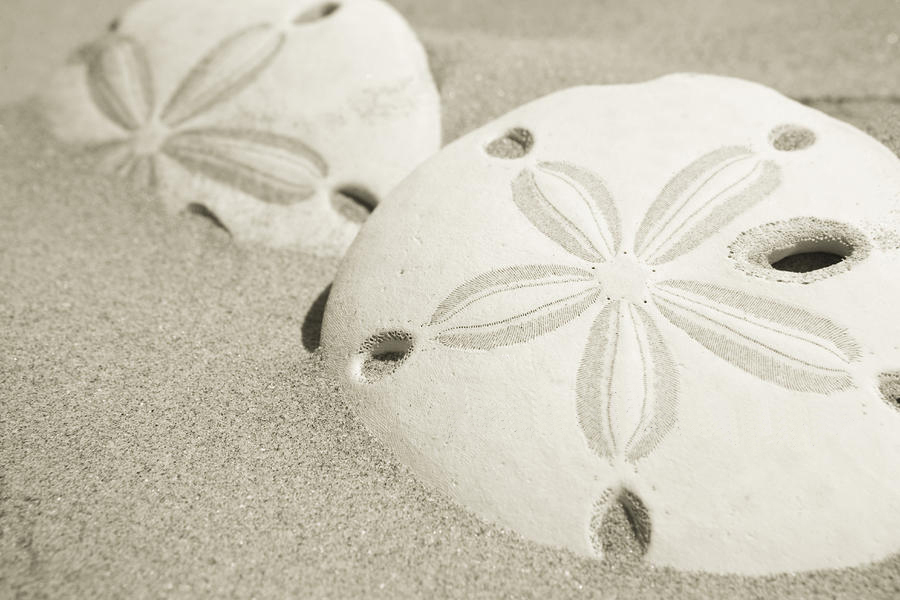What makes O-B unique?
Techniques learned within O-B may only be applied if they are within the following Principles…
- Must be going towards comfort and ease
- Never use force, no exceptions. If we encounter resistance, the technique must be modified to the situation, timing and client’s needs.
- NonJudgement, meaning regardless of diagnosis or story a client walks in with the practitioner must also remain open to potential contributing factors, and remember that we are working with a dynamic system.
- Supporting SelfRecognition, by working with the client to help them become more body aware at any level from selfcorrection/care to ergonomic contributions. This helps to empower the client to continue their own healing beyond the session.
- To always be seeking to balance the whole, rather than working in isolation and to be considering the repercussions in nearby tissue and global potential in the body of any change.
But, how do you do Ortho-Bionomy? What techniques are used to find balance?
- Positional Release: Using comfortable positioning, gentle touch and focused compression to activate proprioceptive reflexes in the joints and muscle tissue. This presents an supported opportunity for the NS to correct an imbalance.
- Isometrics u0026amp; Isotonics: Using the client’s engagement, within the nonforce principle to…
○ Increase Range of Motion ○ Strengthen, Increase Clarity of Response, Address Hypermobility ○ Expose/Assess Imbalances ○ Integrate previous work ○ Offer a way to meet clients who need to actively participate (i.e. gaining access to guarded areas).
- Exploration of Movement to…
○ Gentle movement within comfort as a means to… ○ Assess Range of Motion and Quality of Movement. ○ Aid the Client in Recognition of Movement Patterns and Habits. ○ Mobilise Restricted Areas. ○ Fine Tune a Positional Release for Maximum Effectiveness. ○ Integrate Change.
- Postural ReEducation: To support continued change and alleviate chronic discomfort. Typically given as part of selfcare tools and exercises.
- Ergonomics: Opening discussion around habits, repetitive motion, shoes/favorite chairs/desk arrangement in the context of identifying contributing factors to postural imbalances.
- It is a Team Effort. By encouraging feedback and active participation during session the clients awareness and understanding around injury/imbalance is increased. The session is continued beyond the office by empowering the client through providing appropriate selfcare techniques to continue their own.
- Calming the Nervous System: We are trained to support the body to release Trauma by encouraging the experience of and access to the Parasympathetic State of the NS. Cranial techniques are a part of our program as it it recognised within O-B that some imbalances cannot shift, or positive change hold, until trauma in this area is addressed.
- Soft tissue is directly and indirectly addressed through techniques like Langer/Cleavage Line releases.
